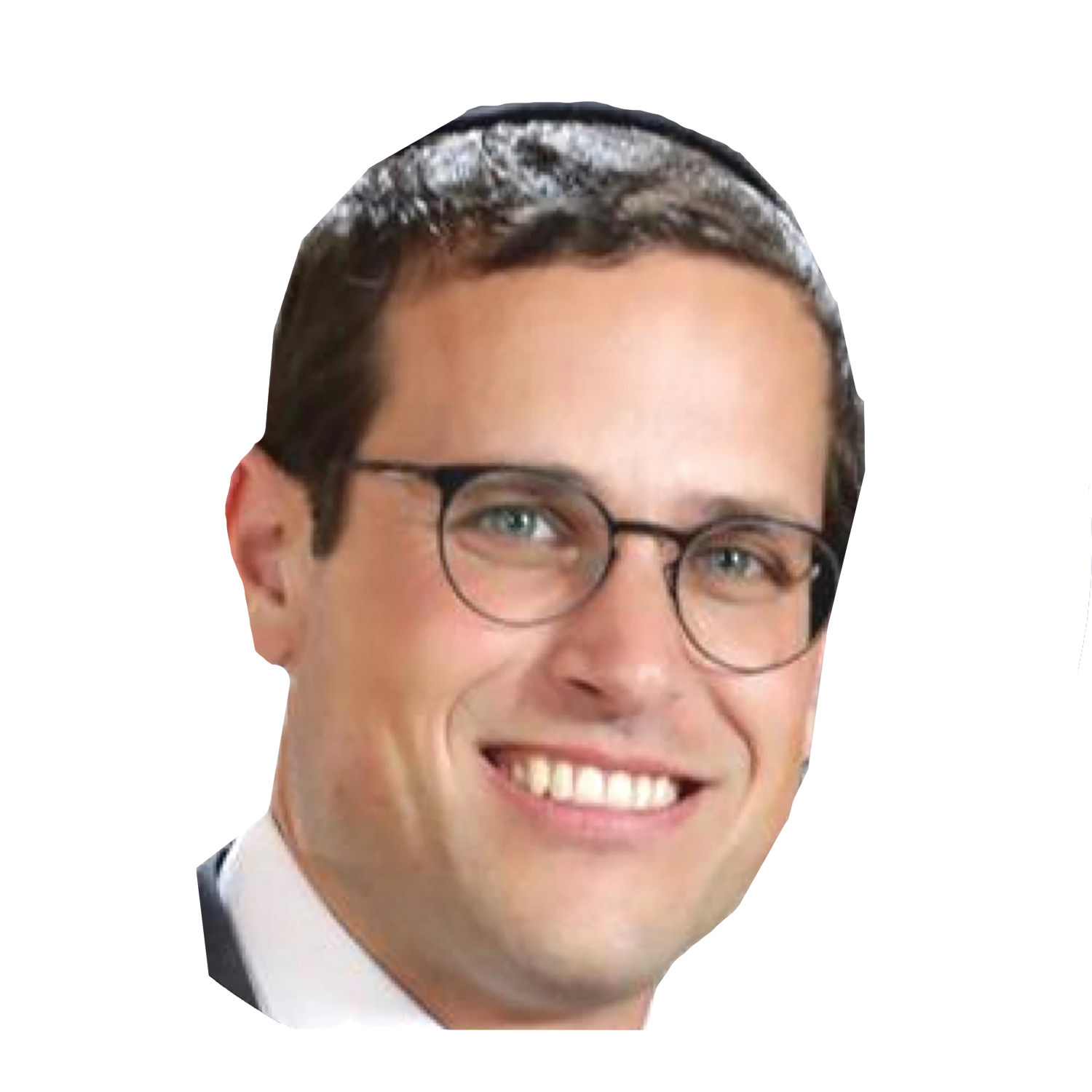Elul 5784: Learning Curve

In honor of Rosh Chodesh Elul... an exploration of the yeshivah — past and present, form and function, haven and home

Step into a yeshivah, and you enter a world of its own.
Some compare it to a teivah – that single safe refuge hermetically sealed from a world flooded with debasement and immorality.
But the yeshivah is also akin to a workshop providing each student with the right environment, tools, and mentors to produce an enduring work of infinite value: the masterpiece that is his very identity.
In honor of Rosh Chodesh Elul and the return of our yeshivah bochurim to these portals of spiritual potential, an exploration of the yeshivah – past and present, form and function, haven and home.
Form and Function
Each yeshivah has its own flavor and emphasis, but virtually all follow what seems to be an intuitive structure: a calendar dictating the beginning and end of the zeman, a curriculum that cycles through the same predictable masechtos, standard dormitory and davening arrangements. But the form and function of our yeshivos today aren’t as intuitive as they seem. It took centuries of slow development for the yeshivah to reach its current configuration.
How did the yeshivah become the institution we know and celebrate today?
The Best of Times
Yeshivah Zeman & Bein Hazmanim
The Mir Yeshivah’s famed maggid shiur Rav Asher Arieli commences each new zeman with a brief shmuess. He usually starts with this double entendre: “Baruch shehecheyanu v’kiyemanu v’higiyanu lazman hazeh. A nayeh zeman, a nayeh hischadshus — A new zeman, a new beginning.”
Historically, universities have used the term “semester” — a term that connotes “six months” — to describe the time spent in the classroom. Yeshivos, in contrast, chose the more philosophical term of “zeman” — literally “time,” to describe the period engaged in the eternal pursuit of Torah study.
When the yeshivah isn’t in session, it’s “bein hazmanim,” literally, “between the times,” as if time has no purpose or reality when the yeshivah isn’t functioning on its normal schedule. The only real time of substance is when the yeshivah fills up with students, the Gemaras open, and the sound of Torah emanates from storied structures throughout the world and throughout Jewish history.
Where and how did the yeshivah world develop its own calendar?
For Everything a Time
In the earliest yeshivos — those of the ancient world down through the Middle Ages — there was neither a “zeman” nor a “bein hazmanim,” because yeshivos continued to function during the summer months and even through the Yamim Tovim. Given the limitations and danger of travel in medieval times, it was only natural for the talmidim to remain at the yeshivah for the entire duration of their time there.
The earliest sources that indicate the existence of a bein hazmanim come from the 16th century, when students had an official break over Succos and Pesach. Over the centuries many roshei yeshivah criticized the “new custom” of bein hazmanim, but eventually it was justified by luminaries such as the Noda B’Yehudah (who sat at the helm of a prestigious yeshivah in Prague in the 18th century) and the Chazon Ish (who oversaw the rebirth of the European yeshivah world in Israel following its decimation during the Holocaust) among others, on the grounds that both the yeshivah faculty and students could benefit from a period of recharging.
An additional summer bein hazmanim break seems to be a much more recent phenomenon. Prewar Lithuanian yeshivos didn’t have an official break during the summer, although the schedule was more relaxed, and individual students would often take short breaks from the yeshivah over the course of the summer months.
Prewar roshei yeshivah vacationed at the mineral baths at Carlsbad, Marienbad, and other famous resorts, and their absence led to a looser attendance among the students as well. The six-volume compendium of the Mir mashgiach Rav Yerucham Levovitz’s Chumash shiurim, entitled Da’as Torah, is missing the parshiyos of Pinchas and Mattos-Masei, as a result of the mashgiach’s annual absence from the yeshivah during those two weeks in the summer. But an official summer bein hazmanim is seemingly a postwar addition.
Oops! We could not locate your form.



